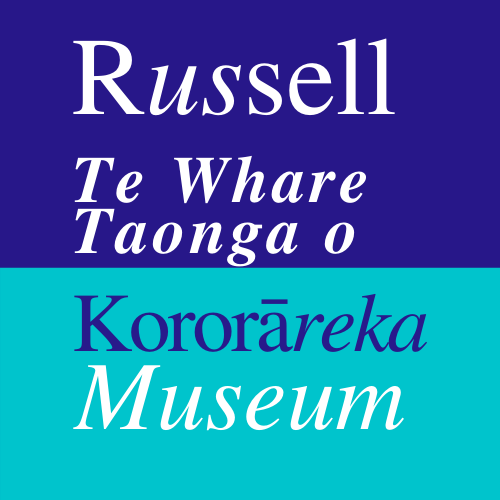What happened here in 1809? And does it matter? In 1959, local people thought it did. They celebrated its 150th anniversary.
In 1809 Tara was ariki. He lived here with his younger brother Tupe and their people. Kororāreka was then the headquarters of the Uri-Karaka section of Ngāpuhi. In the same year that Whangaroa Māori attacked and burnt the Boyd to her waterline, Kororāreka Māori showed more traditional manaakitanga – hospitality. Alexander Berry, supercargo (trading master) of another ship, wrote, “Under the auspices of the Kororāreka chiefs, from 1st March to the end of May, 1809, we landed the stores and appliances of the ship City of Edinburgh, of 526 tons register, hove her down, completely stripped her of her copper, caulked, repaired her bottom and resheathed her with plank made of New Zealand pine.” McNab reported that during all this time Berry lived ashore “in a house built by the Natives”.
On Kororāreka Day 14th March 1959, a ceremony was held to unveil a bronze plaque in the Russell Museum grounds. The plaque read “This flagstaff was erected to commemorate the 150th Anniversary of Kororareka, NZ’s oldest European settlement 1809-1959”. The accompanying programme read, “It is just 150 years since the first white men came ashore to live in Kororāreka, the place which is now known as Russell…At that time, the place was simply a Māori fortified village which occupied nearly all the space on the bank above the shingly beach.”
Mr Berry and his crew may qualify as our first ever “ swallows” – here today, gone tomorrow. Nevertheless they are enshrined now, in recent history, as our first ever Pakeha settlers.
Sources: Sherrin & Wallace (1890) The early History of New Zealand / Shawcross, Kathleen, (1967) Maoris of the Bay of Islands, 1769 – 1840 / Russell Centennial Trust Board, (1959) A Short History of New Zealand’s Oldest Pakeha Settlement. 98/551 http://www.nzetc.org/tm/scholarly/tei-McNTasm-t1-body-d9-d4.html#n121






























